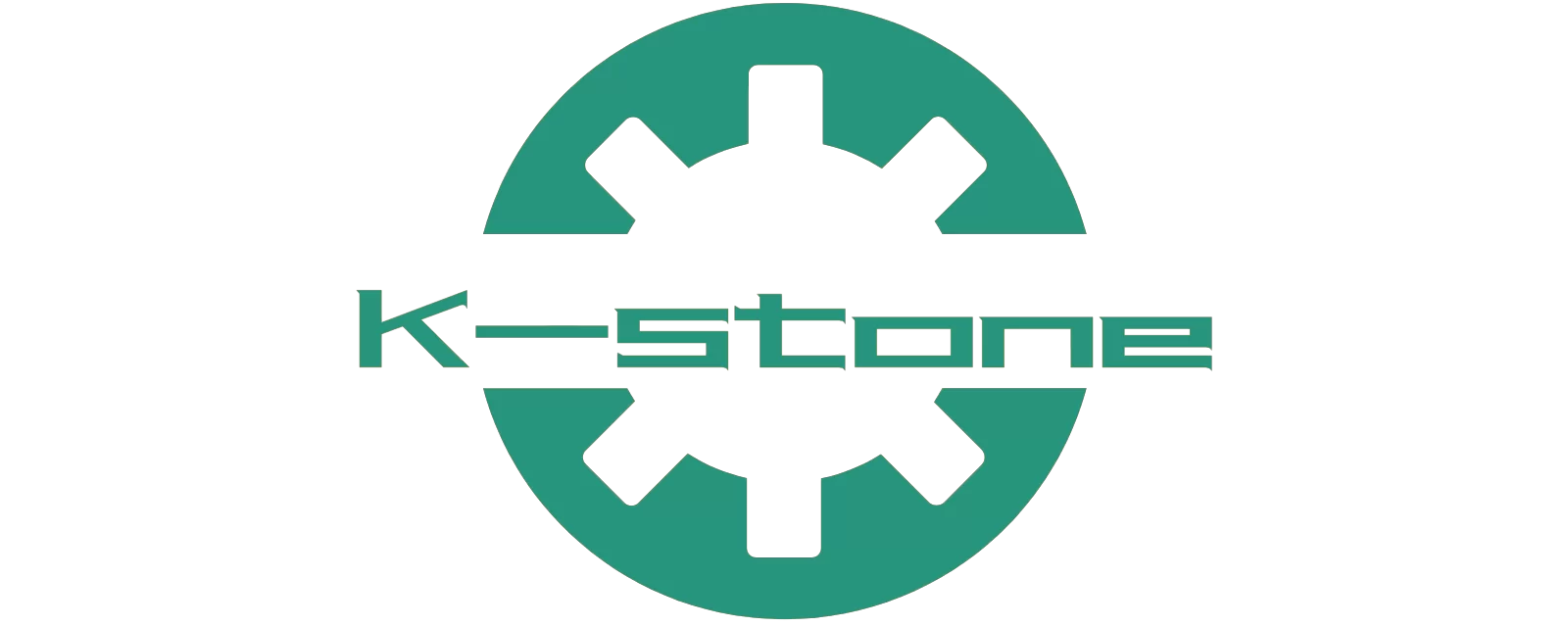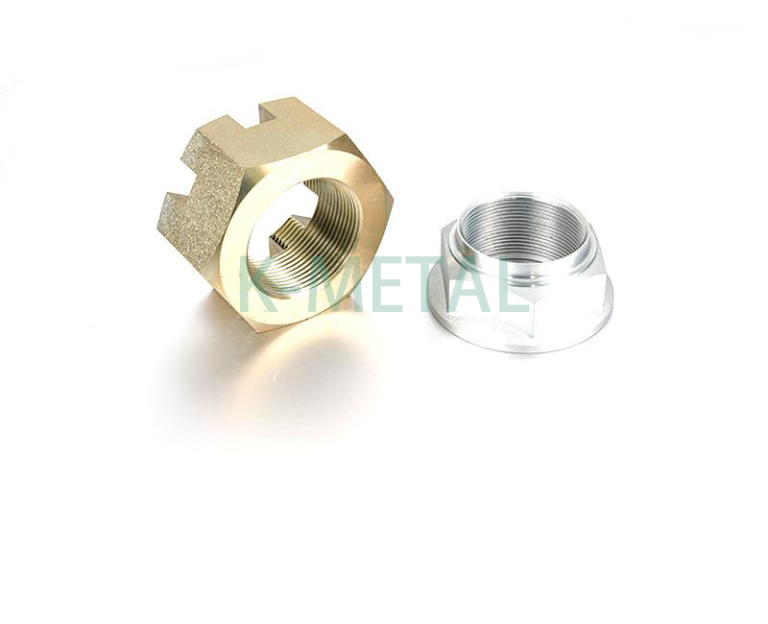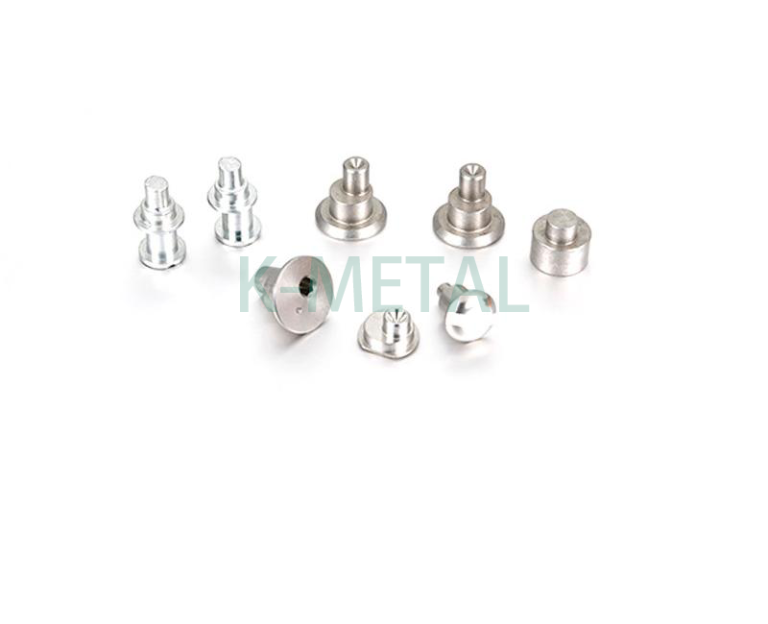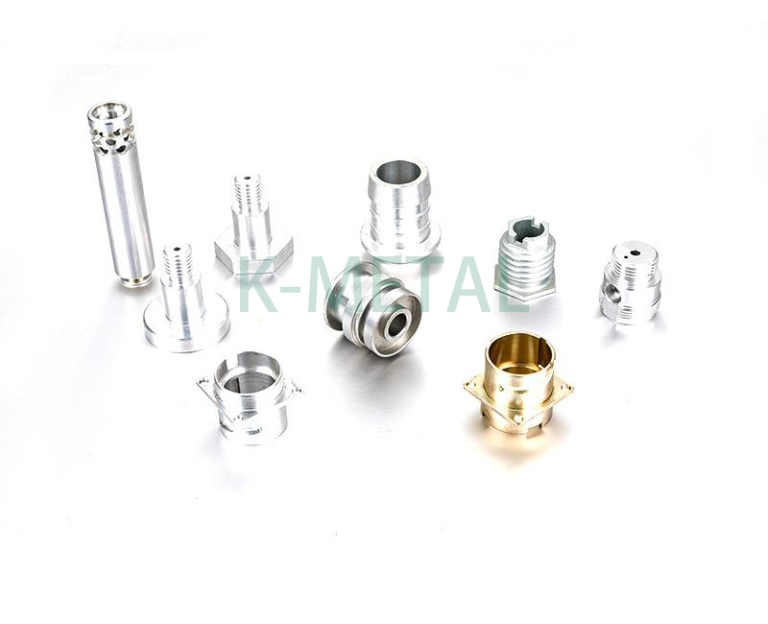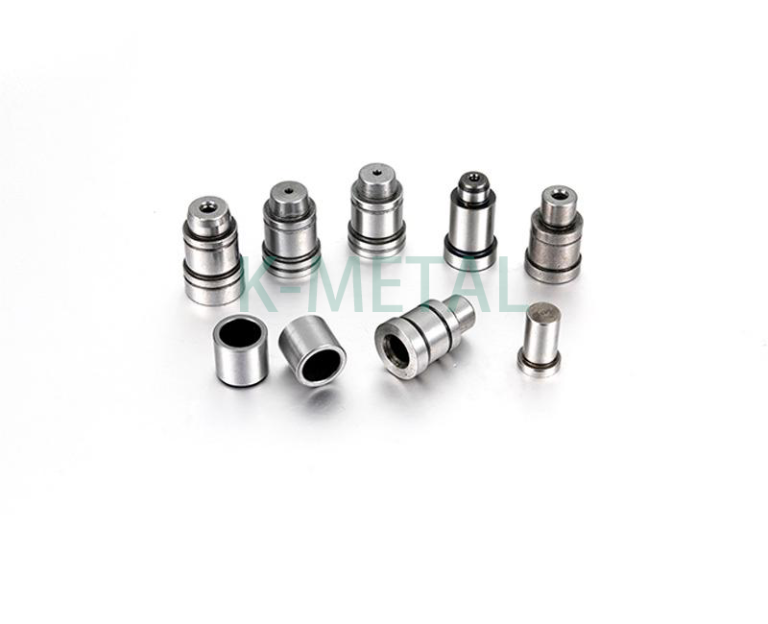
Productos de mecanizado automatizado
Factors affecting the internal heat of CNC machining machines for axes
(1) Heartfelt CNC machine tool structure heat source. Electric motors such as spindle motors, tool servo motors, refrigeration and lubrication pump motors, and electrical control boxes can all generate heat when heated. These conditions are acceptable for the motor itself, but they have significant adverse effects on components such as the spindle and ball screw, and measures should be taken to provide protection. When the input electrical energy drives the motor to operate, except for a small amount (about 20%) converted into motor thermal energy, most of it is converted into kinetic energy by the motion mechanism, such as spindle rotation, console motion, etc; However, during the process of movement, a significant portion of it is inevitably converted into frictional heat, such as bearings, slides, clubs, and gearboxes.
(2) Cutting heat during the manufacturing process. Under cutting conditions, a portion of the kinetic energy of the cutting tool or workpiece is consumed during the cutting process. A portion of this energy is converted into cutting deformation energy and frictional heat between the cutting tool and the workpiece, resulting in heating of the tool, spindle, and workpiece. This heat is then transferred to the control console fixture and other components of the machine tool through a large amount of cutting heat. The relative position of the cutting tools and workpieces in the machining factory is directly related.
(3) Refrigeration. Refrigeration is a reverse strategy for the temperature rise of the walking machine, such as cooling the electric motor, cooling the main shaft components, and cooling the basic components. Machine tools are usually equipped with electric control box refrigerators for forced cooling.
